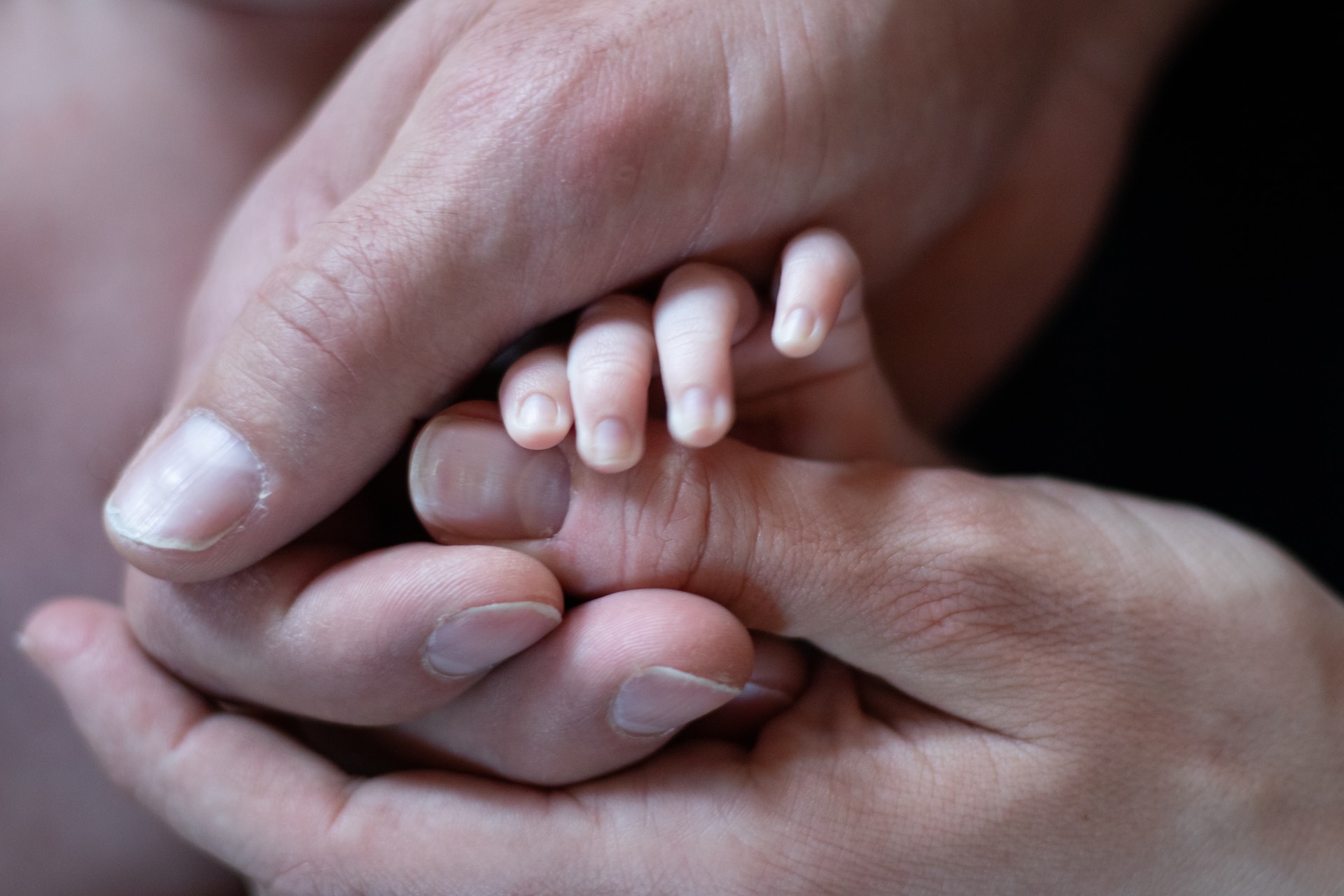News release
From:
Expert Reaction
These comments have been collated by the Science Media Centre to provide a variety of expert perspectives on this issue. Feel free to use these quotes in your stories. Views expressed are the personal opinions of the experts named. They do not represent the views of the SMC or any other organisation unless specifically stated.
Dr Paul Gee, Emergency Medicine Specialist, Christchurch Hospital Waipapa, comments:
A study published in this month's Archives of Diseases of Childhood by Gee et al. is the most comprehensive analysis of Kawasaki disease in New Zealand. It shows that over 18 years the incidence of Kawasaki disease has almost doubled in New Zealand, currently being about 19.5/100,000 children under five years.
The authors hope this study will raise awareness of Kawasaki disease in New Zealand. It is a significant and preventable cause of acquired cardiac disease.
Kawasaki disease is an uncommon condition that affects mostly infants and small children. It causes inflammation in blood vessels, especially those in the heart. It can result in serious life-long complications.
Children of Asian or Pacific island descent are the most affected ethnicities. There were 12 deaths during the study period with 6/12 in Māori children.
Kawasaki disease starts with fever. It will affect lymph nodes, skin and mucous membranes. During the early stages it can be difficult to distinguish from a viral illness. Concerning features would be a high fever lasting longer than five days, red eyes or a peeling rash affecting hands, feet and lips. In late stages, there may be inflammation of many medium-sized blood vessels (vasculitis) especially those around the heart.
There are effective treatments available if an early diagnosis is made. Vigilance and early medical diagnosis are the keys to improving outcomes.
Successful management of this disease requires public awareness of Kawasaki disease warning signs and good health systems ready to diagnose and act quickly. It is hoped that further research can uncover why some children are more vulnerable than others.
Further information about Kawasaki disease can be accessed at: https://www.kidshealth.org.nz/kawasaki-disease



 New Zealand
New Zealand


